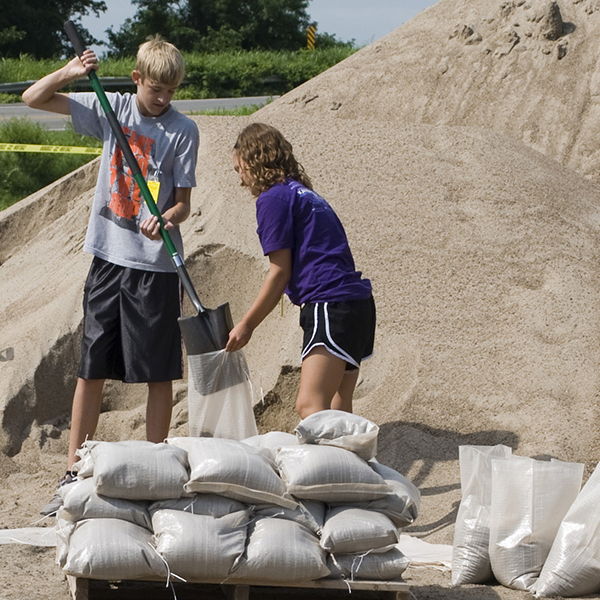
Flooding typically occurs when runoff from rain and snow-melt flows over riverbanks and onto floodplains. Heavy or continuous rain west of the Cascade mountain range generates the greatest amount of runoff from November through March. Snow-melt runoff east of the Cascades is typically the cause of flooding from May through July. The potential for damage from these floods increases in the densely populated and highly developed areas in or near the Columbia River’s floodplain, such as Salem and Portland in Oregon and Vancouver, Washington. The Corps’ reservoirs capture vast quantities of water and wetlands absorb floodwaters to take the peak off many floods. Watch this video to learn more about how dams work to manage water.
Through collaborative action with other federal, state and local agencies, however, risks to public safety from floods and the damage they cause are reduced significantly. Many agencies, including the Corps, assist communities with non-structural measures that help reduce floods and their consequences, such as establishing flood response plans and considering land development plans to reduce flood risks and hazards.
The actions of property owners, residents and businesses can reduce flood risks even more and improve response and recovery actions should a flood occur.